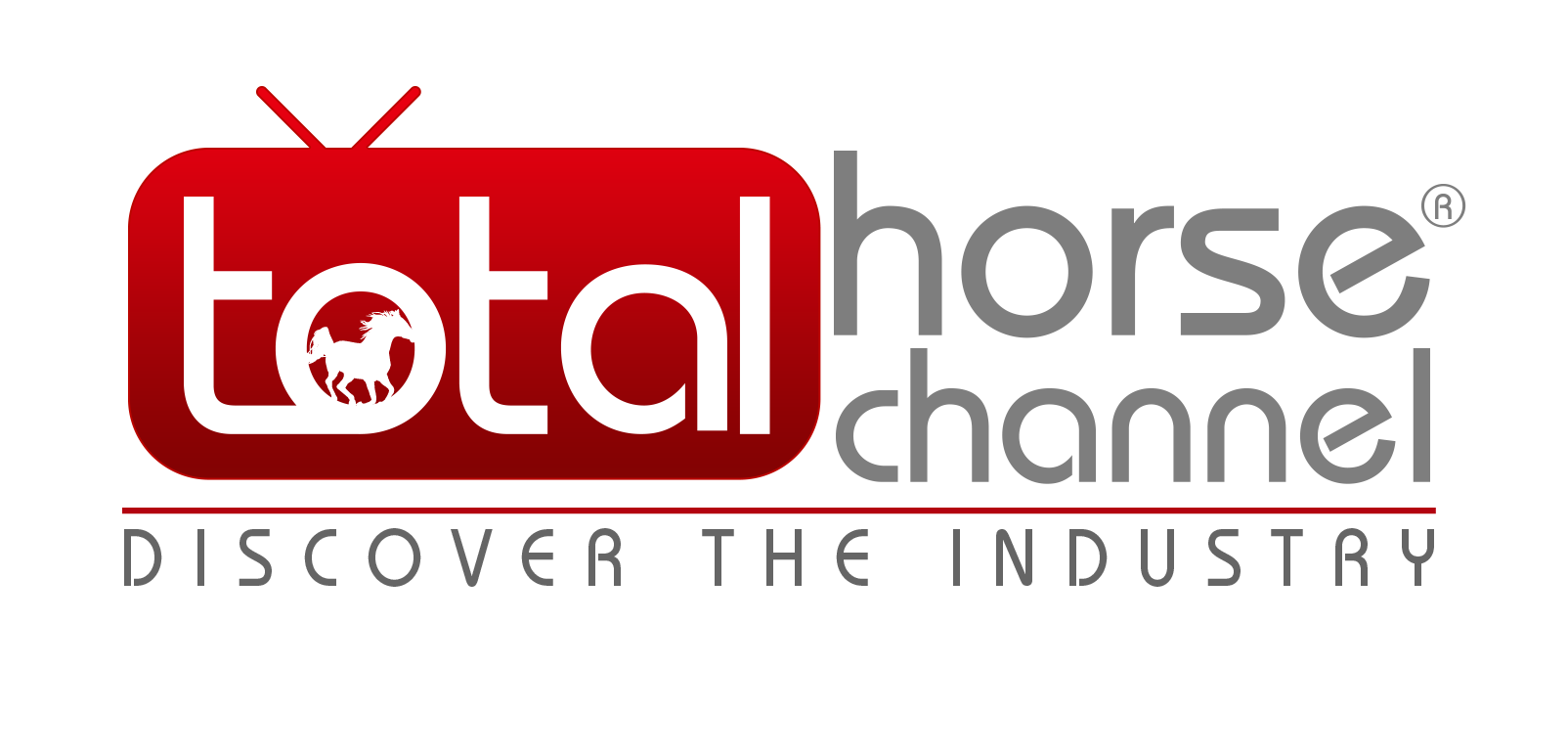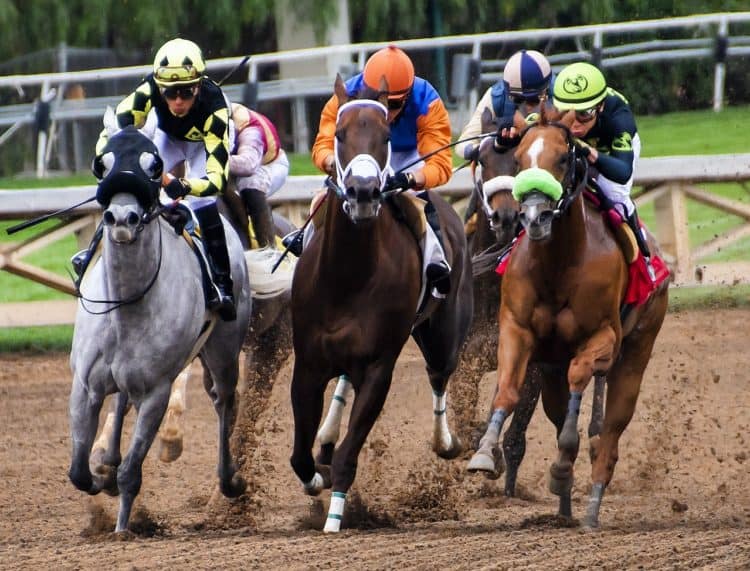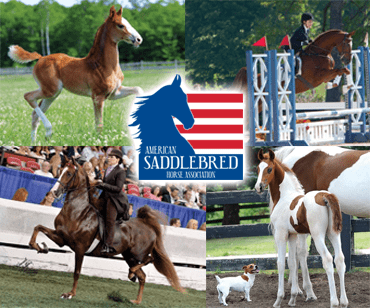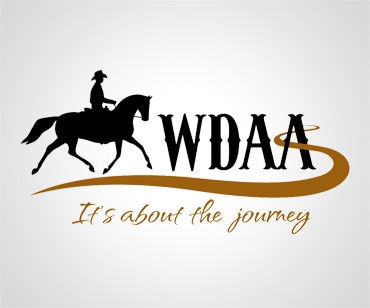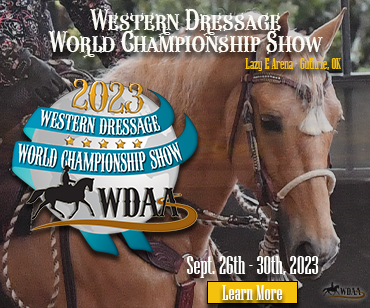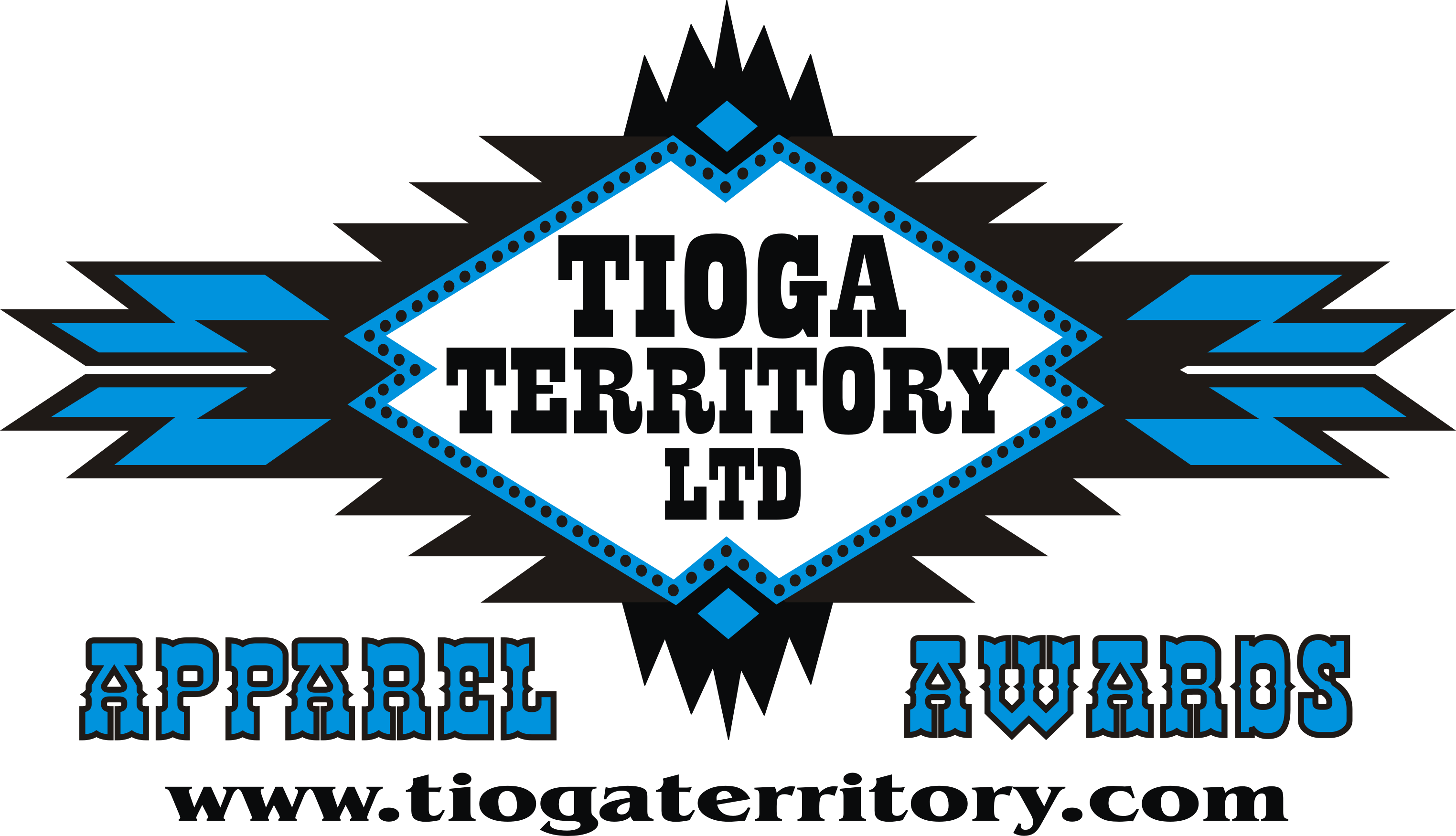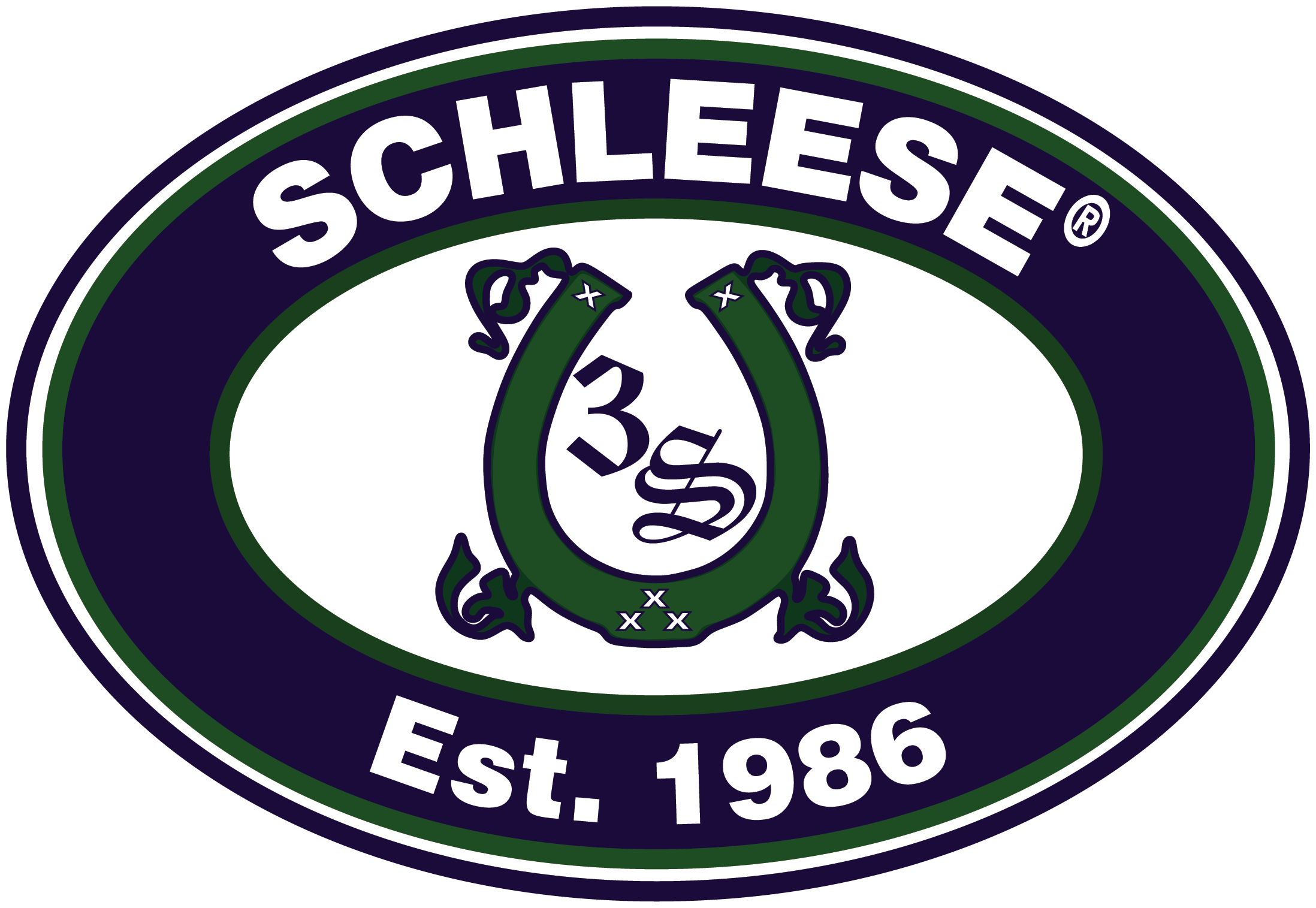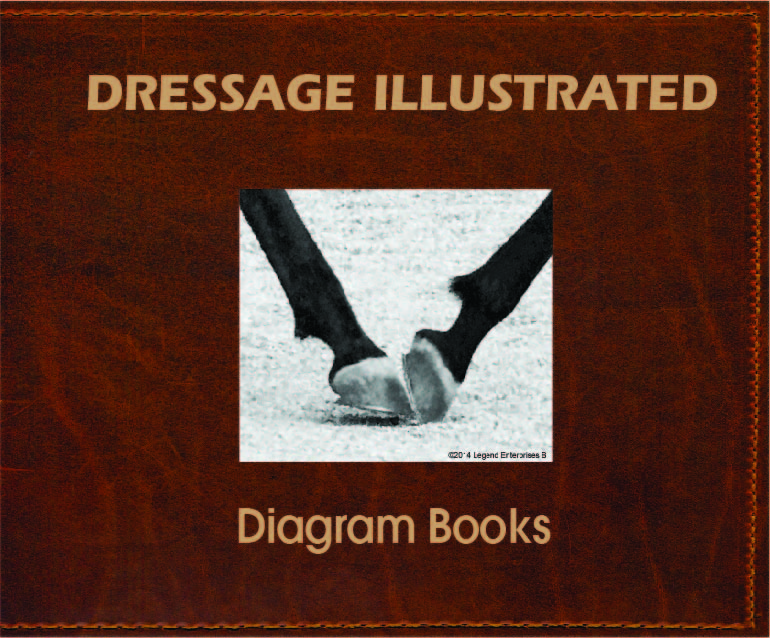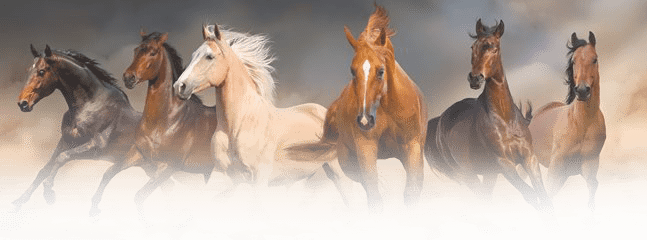Have you ever wondered what happens to a racehorse after they’ve run that final furlong? Like, what is their routine? Well, wonder no more, because we’ve broken down the average post-race routine for these high-performance animals.
Racing is a high-intensity sport, and to keep racehorses healthy and in the game. It takes careful management and care to have these horses able to perform at their peak.
Racing requires impressive levels of fitness, and perfect levels of soundness for the horses to be able to compete against each other – an unfit and lame horse won’t stand a chance on the track. One of the most important aspects of racehorse care is a strict routine, not only before a race but after one too.
Handwalking
Horses will be walked in hand until they’re dry and no longer blowing (breathing heavily) from the exercise. This usually referred to as being ‘cooled out’ or ‘cooled down’.
This activity brings down their heart rate and dries them off while giving them time to mentally unwind and relax.
Transporting a wound up horse is not exactly an easy job, so allowing the horse to chill out a bit is a good idea.
Washed Down
Racing is incredibly intense exercise, so a proper cool down involving being hosed off is needed to stop the horse from becoming ill.
Washing down usually involves using a horse shower to wash off all of the sweat and lose hair, and helps to prevent overheating. Liberal amounts of water will be hosed onto the horse until the water dripping off is no longer warm.
This is most easily likened to top performance human athletes taking an ice bath after a competition.
Food and Water?
When being cooled down, a horse is allowed to drink plenty of water. There are rumours that drinking too soon after exercise can cause colic in a horse, but that isn’t true – in fact, to prevent overheating and dehydration, it is is recommended that a horse is allowed to drink as soon as he wants after exercise.
But if we’ve learnt anything from Black Beauty, it’s that very cold water should be avoided, and during the winter – many a racing groom will boil a kettle of water to add to their charges water buckets.
Feeding a horse too soon after a race should be avoided. If they eat hay too soon, they are at risk of choke, and if they eat their feed too soon, they can get colic, or – it can lead to founder.
This is a condition where the hooves become painful and hot. Once the horse is completely cooled down and has been at rest for approximately an hour, it can be fed its normal feed. Hay can be introduced, as soon as its heart rate and temperature has come back down to normal levels.
Legs

Post-race care for the horse’s legs is vital. Horses legs are strangely fragile considering their whole survival relies upon being able to run away from predators!
After a race, the horses are often checked for any soundness issues – are they struggling to walk on one of their legs? Is their gait off? Is there an unusual amount of heat in one leg?
Once that is determined, their legs are also hosed – usually at least a minute of cold water hosing per leg.
Ice boots or poultices can be applied to the horse’s legs whilst in their stable immediately after cool down. This helps their legs recover faster and more effectively after galloping – again; this similar to a human athletes ice bath!
Holiday Time
After running a race, horses usually have a couple of days off to recover from the intensity that is race day. Once their holiday weekend is done, the horses are brought back into training to prepare for their next race.
Veterinary Care
At the end of the day, racehorses are athletes and need to be treated as such.
Appropriate and effective care before and after races ensures that they will be on top form to compete.
Vet checks will be undertaken before and after races, and with randomised spot-checks to make sure they aren’t being drugged. And on the day of a race, they are checked to see whether they are healthy enough to run – especially when it comes to soundness.
Common soundness issues come from chips of bone that end up floating around the leg; sometimes these can be ignored or often, to prevent further damage, they need to be amended via surgery. This is a fairly quick procedure, and if the aftercare is done properly, the horse can be brought back into work within a matter of weeks.
Keeping a racehorse sound is a big factor of racing, especially with the horses starting out at as young as two years old.
After all, soundness issues are not only important for the horse’s racing career, but for its post-race career! Racehorses who aren’t being kept to stud are often rehomed into other disciplines, so soundness is an important factor even post-racing.
